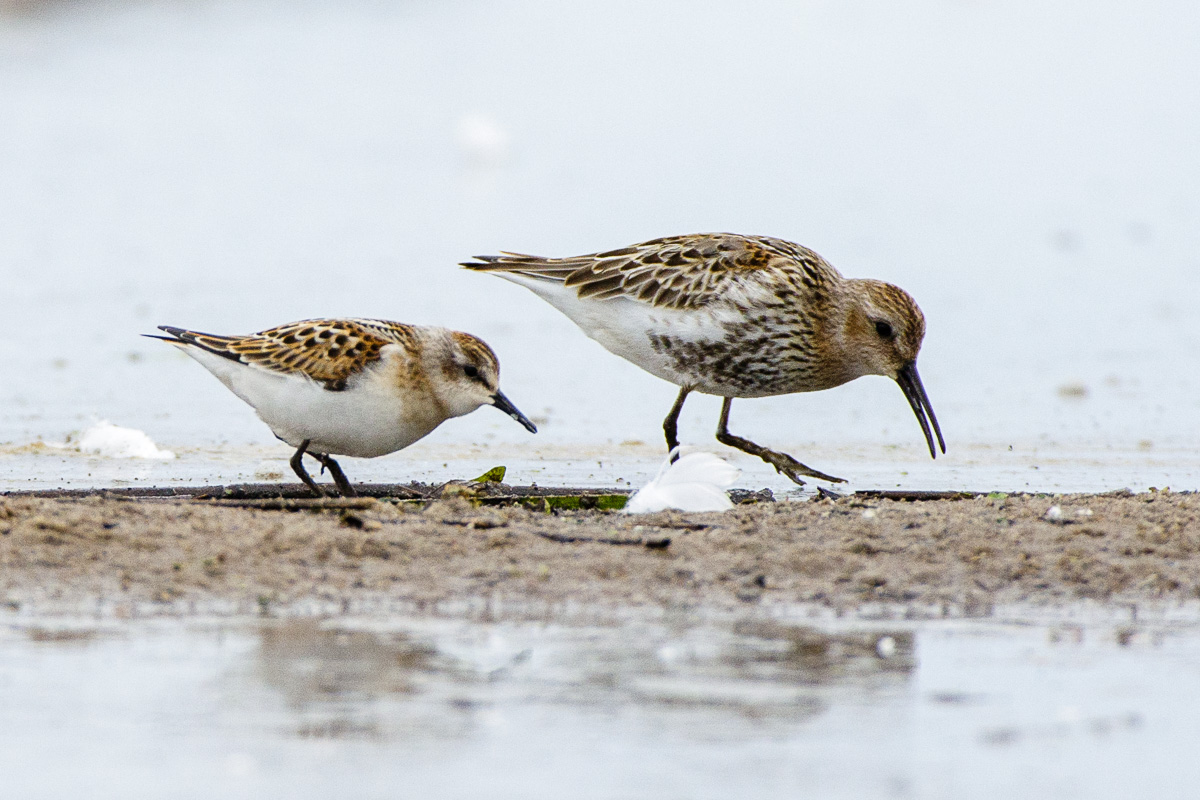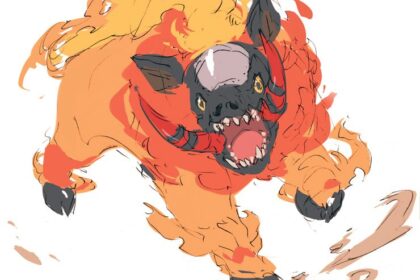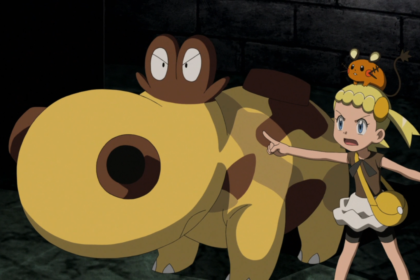Dunlins are small waders. They’re sometimes separated with other “stints” in the Erolia family of birds. Their name comes from a dialect for of “dunling,” which was first recorded in 1531 and 1532. Take a look below for 23 more weird and bizarre facts about dunlins.
1. Their genus name comes from the Ancient Greek word kalidris or skalidris. It’s a term that was used by Aristotle for some grey colored waterside birds.
2. The specific, alpina, comes from Latin and it means “of high mountains.” In this particular case, it refers to the Alps.
3. Dunlins are circumpolar breeders in the Arctic and subarctic regions.
4. They breed in northern Europe and Asia, which is why they’re long distance migrants. They spend their winters in Africa, southeast Asia and the Middle East.
5. Some species breed in Alaska and the Canadian Arctic but they migrate to the Pacific and Atlantic coasts of North America. However, some dunlins that live in northern Alaska spend their winter in Asia.
6. Adult dunlins, in their breeding plumage, show a distinctive black belly which no other wader poses.
7. Winter dunlins have a bit of a different plumage. They will gave a grey coat on top and a white one below.
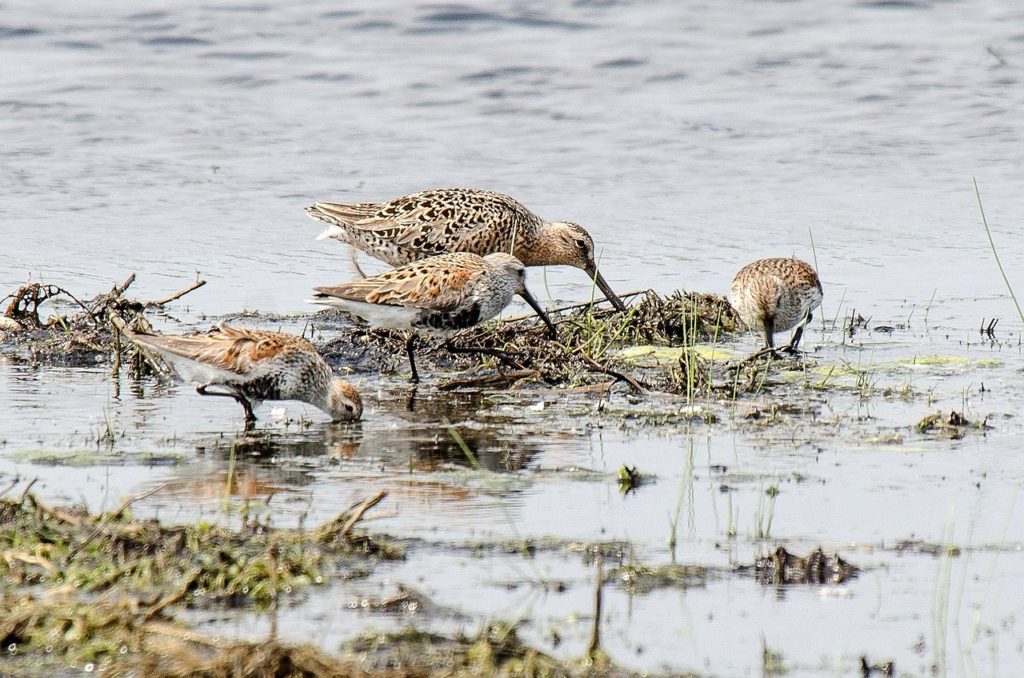
8. Young dunlins are brown above with two white “V” shapes on their back. They also have black marks on their flanks or belly.
9. Dunlins have small legs and a slightly decurved bill, which is black.
10. There are a few subspecies that have slight variations in breeding plumage color and bill length, but the differences are negligible.
11. The bill length varies between males and females, with females having longer bills than males.
12. They make their nests in a shallow scrape on the ground. They line it with vegetation, where they typically lay 4 eggs.
13. Eggs are incubated by both the male and female dunlins.
14. Dunlin chicks are precocial, however, they’re brooded during early development. They tend to start flying at, approximately, three weeks of age.
15. Male dunlin typically take care of the young chicks. The female dunlin deserts the brood and often leaves the breeding area entirely.
16. The dunlin cry is a sandpiper “peep,” and the display song is a harsh trill.
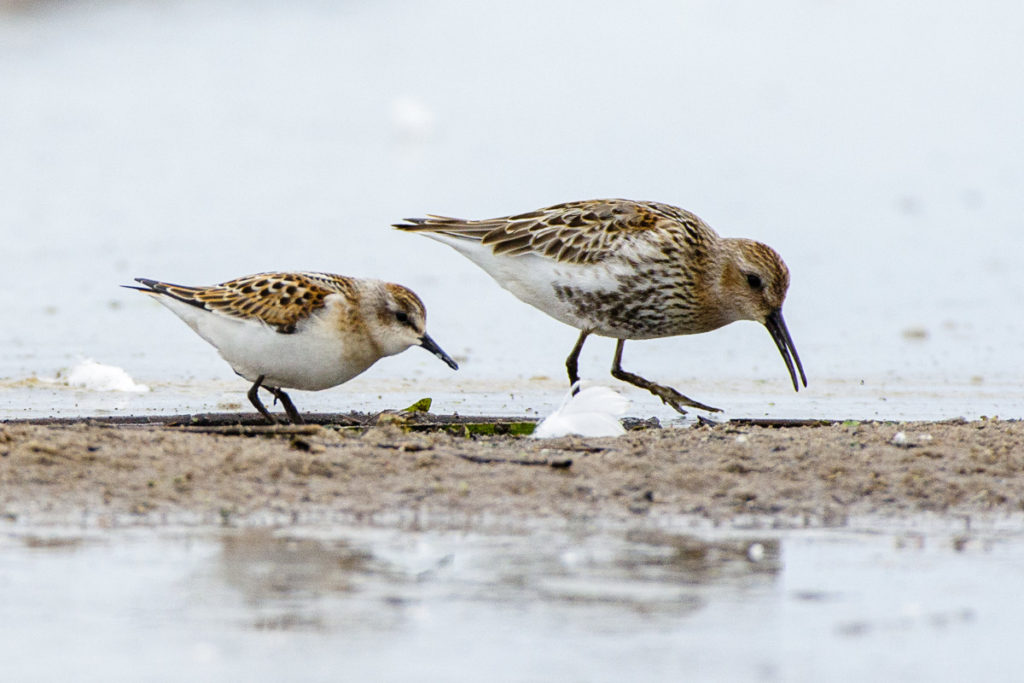
17. Hybrids between dunlins and the white-rumped sandpiper, as well as with the purple sandpiper have been seen from the Atlantic coasts of North America to Europe.
18. Dunlins are highly gregarious in the winter, sometime forming large flocks on coastal mudflats or sandy beaches.
19. Large numbers of dunlins can be seen swirling in synchronized flights on stopovers during migration or on their winter habitat.
20. They’re one of the most common waders throughout its breeding and winter ranges, and it’s the species that other waders are compared to.
21. Average adult dunlins are between 17 to 21 centimeters, or 6.7 to 8.3 inches, in length and have a 32 to 36 centimeter, or 13 to 14 inch, wingspan. This makes it very similar in size to a common starling.
22. They move along the coastal mudflat beaches using the characteristic “sewing machine” feeding action, picking up small food items it finds.
23. It primarily tends to feed on insects. However, it also likes to eat molluscs, worms and crustaceans in coastal areas.

